I Saw Charles Babbage's Brain
Yesterday Sarah and I made a day trip to London. Sure, I'm there every weekday. But more than any place I've lived or visited, London has such a treasury of things I'd like to see that I'll probably never get to take in as much as I'd like. Architecture. Museums. Parks. Dining. Famous sites. London is a massive city, and unlike many cities where all the good parts are hemmed into one place by being on an island or peninsula or surrounded by hills, London just goes on and on, and the little I've seen so far is already pretty overwhelming.
So mid-morning, after Sarah's swim class, Margo dropped us at the train station. The ride in (and back) was not as pleasant as I'd expected. Scheduled maintenance on the line between Manningtree and Colchester meant we had to get on a bus from Ipswich to Colchester. And buses take much longer than the train. I was also disappointed in the train itself: instead of the normal cars , four seats to a row with a good assortment of tables, one of which I was hoping to use to play chess with Sarah, we had fewer cars, no tables, and were packed in five to a row.
But enough of my whingeing. Arriving at Liverpool Street Station, I got us some food, because everyone with a young child knows they require regular feeding. We went outside and ate on benches by the ice skating rink. (We'd tentatively planned a skate but Sarah cut her toe earlier in swim class.)
Then we took the Tube to South Kensington to the cluster of museums beneath Hyde Park. Within a few blocks are the Natural History Museum, the Victoria and Albert Museum, the Albert Hall (where now they know how many holes it takes to fill), and our destination, the Science Museum. There's even a convenient underground walkway from the station that surfaces at the museums.
After a queue to get tickets (like most museums, admission is free, but to see the main exhibit costs) Sarah was enraptured by the elevators on the way to the cloakroom so we admired them for a while. Instead of overhead cables, these went up and down on metal columns, and the whole works was walled in glass for easy study.
Then it was on to our main draw, the Game On exhibition featuring a historical collection of video games. We played Space Invaders on a stand-up console; tennis on a Dreamcast (she handed my butt to me); we raced collections of rectangles that vaguely resembled cars on an Atari 2600; and pressed buttons on XBoxes, PlayStations, vintage computers, and some massively-adorned battle sim (pedals, two joysticks, dials, knobs, buttons, and switches) that seemed stuck toggling between a menu and a neverending mission briefing. Entry to the exhibit was by appointment and timed to an hour and a half; like most visitors I'm sure, we were surprised to be asked for our tickets and informed we were just past our time limit.
By now, Museum Weariness was beginning to set in, and the little one was once again due for a feeding, so we found an as-expectedly-overpriced cafe and indulged in a cup of fruit and a plastic cup of fruit juice which, upon tasting, revealed itself to be a wee bit of Ribena and a lot of water, sold to harried minds like mine for 70 p.
Knowing that time was running out, I surveyed the impressive selection of remaining exhibits (I remember topics like geology, veterinary science, manufacturing ...) and choose space exploration and computing. We saw rockets and engines and surfaces of planets and moons. Then we saw Difference Engines (including a new one being built on the spot, apparently the world's largest) and much of Mr. Babbage's aforementioned neural bits. They also had the world's only still-operational all-vacuum-tube computer (which took up quite a bit of exhibit floor) donated in 1984 by (I think) an insurance company in Stockholm who purchased it in the 50s.
We also saw there was a hands-on area in the basement so we went to the land of little people and made noise and looked at ourselves in funny mirrors and splashed in sinks of water (all in the most educational manner, of course) and as always happens, Sarah did not not NOT want to leave, but somehow we did and made it home without much else worth reporting.
So mid-morning, after Sarah's swim class, Margo dropped us at the train station. The ride in (and back) was not as pleasant as I'd expected. Scheduled maintenance on the line between Manningtree and Colchester meant we had to get on a bus from Ipswich to Colchester. And buses take much longer than the train. I was also disappointed in the train itself: instead of the normal cars , four seats to a row with a good assortment of tables, one of which I was hoping to use to play chess with Sarah, we had fewer cars, no tables, and were packed in five to a row.
But enough of my whingeing. Arriving at Liverpool Street Station, I got us some food, because everyone with a young child knows they require regular feeding. We went outside and ate on benches by the ice skating rink. (We'd tentatively planned a skate but Sarah cut her toe earlier in swim class.)
Then we took the Tube to South Kensington to the cluster of museums beneath Hyde Park. Within a few blocks are the Natural History Museum, the Victoria and Albert Museum, the Albert Hall (where now they know how many holes it takes to fill), and our destination, the Science Museum. There's even a convenient underground walkway from the station that surfaces at the museums.
After a queue to get tickets (like most museums, admission is free, but to see the main exhibit costs) Sarah was enraptured by the elevators on the way to the cloakroom so we admired them for a while. Instead of overhead cables, these went up and down on metal columns, and the whole works was walled in glass for easy study.
Then it was on to our main draw, the Game On exhibition featuring a historical collection of video games. We played Space Invaders on a stand-up console; tennis on a Dreamcast (she handed my butt to me); we raced collections of rectangles that vaguely resembled cars on an Atari 2600; and pressed buttons on XBoxes, PlayStations, vintage computers, and some massively-adorned battle sim (pedals, two joysticks, dials, knobs, buttons, and switches) that seemed stuck toggling between a menu and a neverending mission briefing. Entry to the exhibit was by appointment and timed to an hour and a half; like most visitors I'm sure, we were surprised to be asked for our tickets and informed we were just past our time limit.
By now, Museum Weariness was beginning to set in, and the little one was once again due for a feeding, so we found an as-expectedly-overpriced cafe and indulged in a cup of fruit and a plastic cup of fruit juice which, upon tasting, revealed itself to be a wee bit of Ribena and a lot of water, sold to harried minds like mine for 70 p.
Knowing that time was running out, I surveyed the impressive selection of remaining exhibits (I remember topics like geology, veterinary science, manufacturing ...) and choose space exploration and computing. We saw rockets and engines and surfaces of planets and moons. Then we saw Difference Engines (including a new one being built on the spot, apparently the world's largest) and much of Mr. Babbage's aforementioned neural bits. They also had the world's only still-operational all-vacuum-tube computer (which took up quite a bit of exhibit floor) donated in 1984 by (I think) an insurance company in Stockholm who purchased it in the 50s.
We also saw there was a hands-on area in the basement so we went to the land of little people and made noise and looked at ourselves in funny mirrors and splashed in sinks of water (all in the most educational manner, of course) and as always happens, Sarah did not not NOT want to leave, but somehow we did and made it home without much else worth reporting.
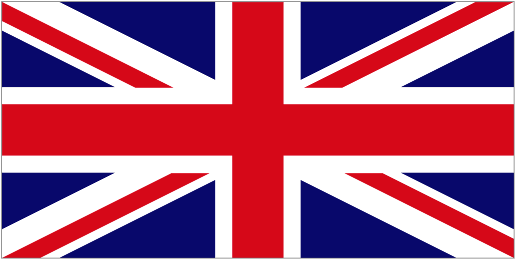
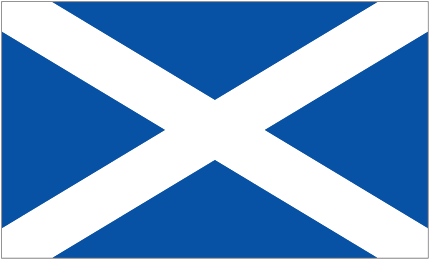

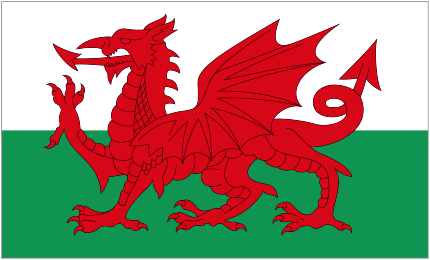

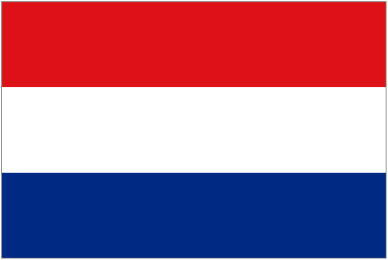

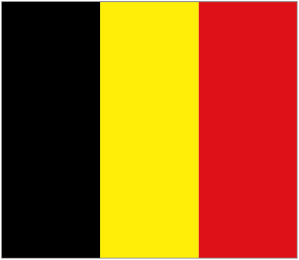

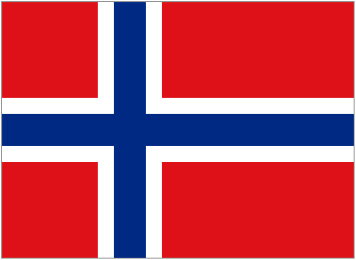
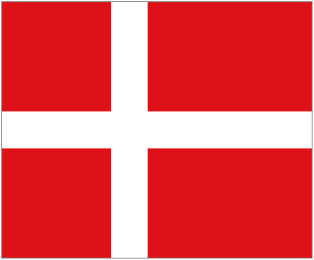







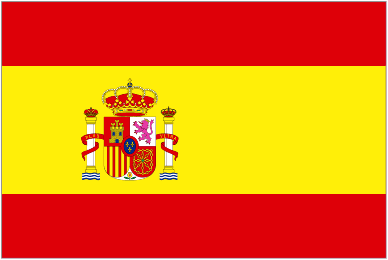

0 Comments:
Post a Comment
<< Home